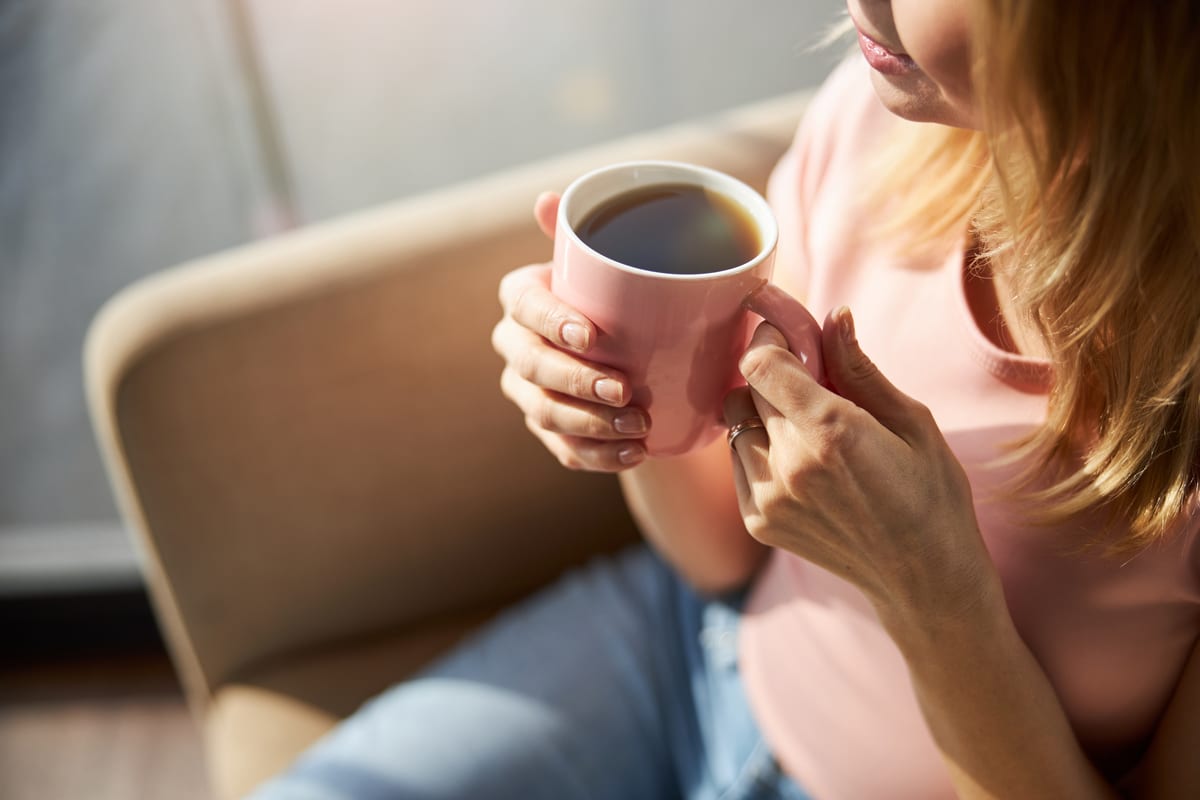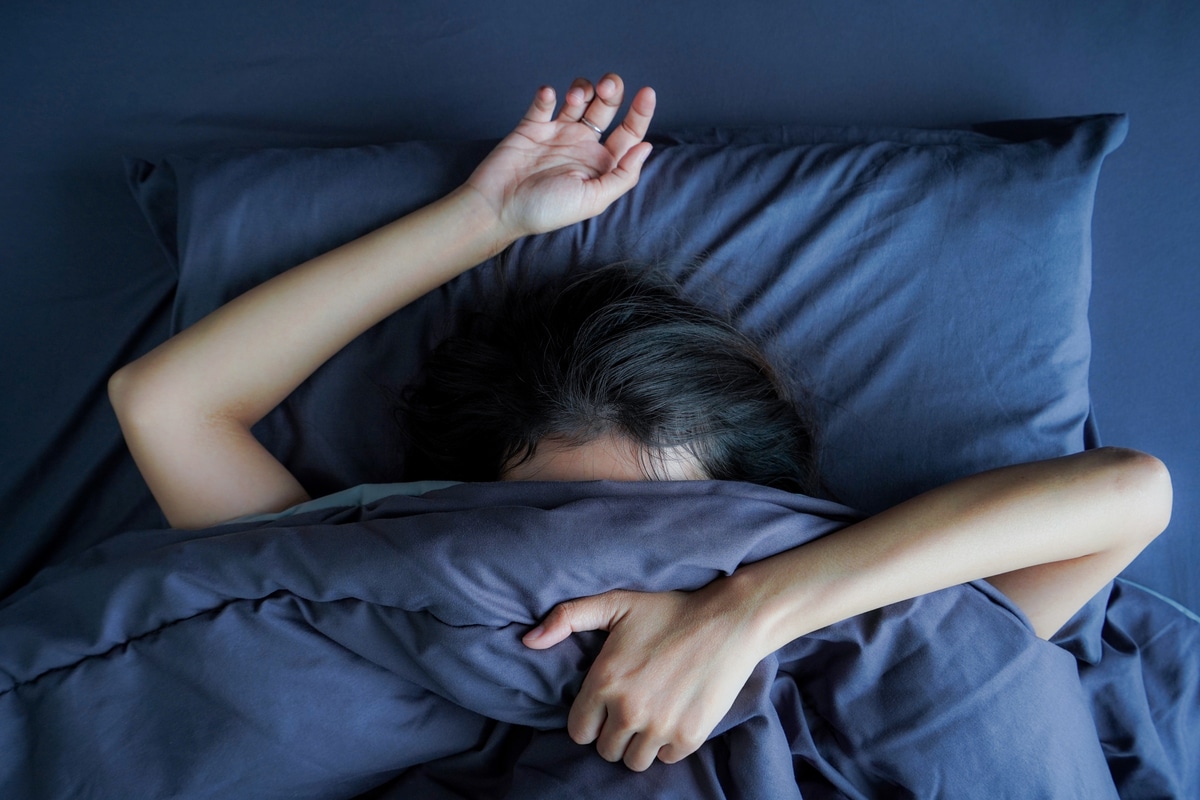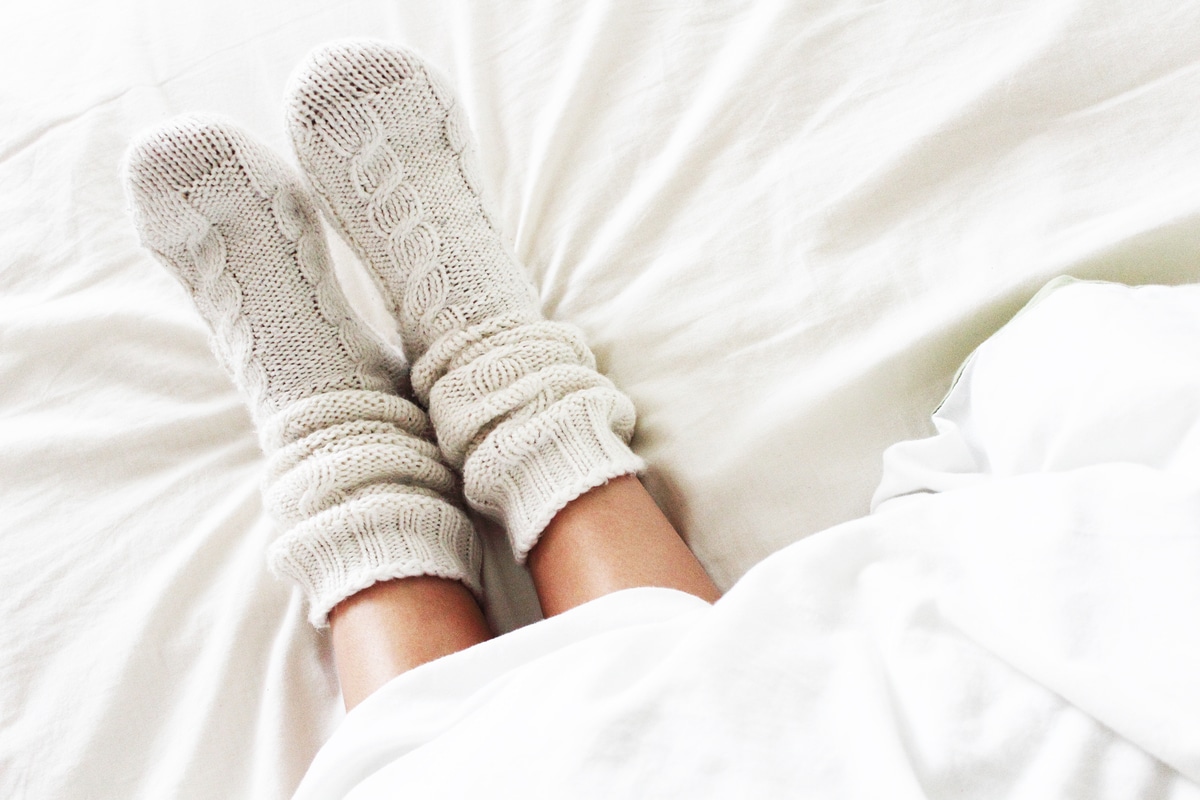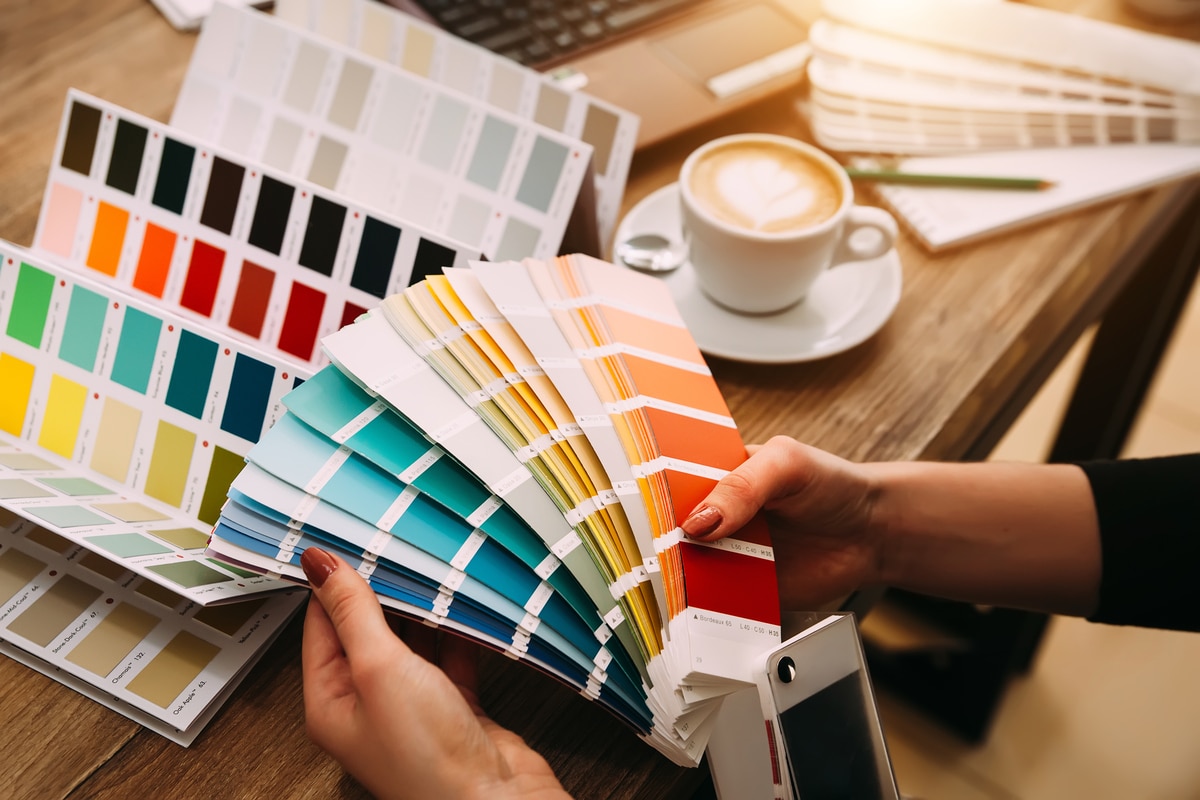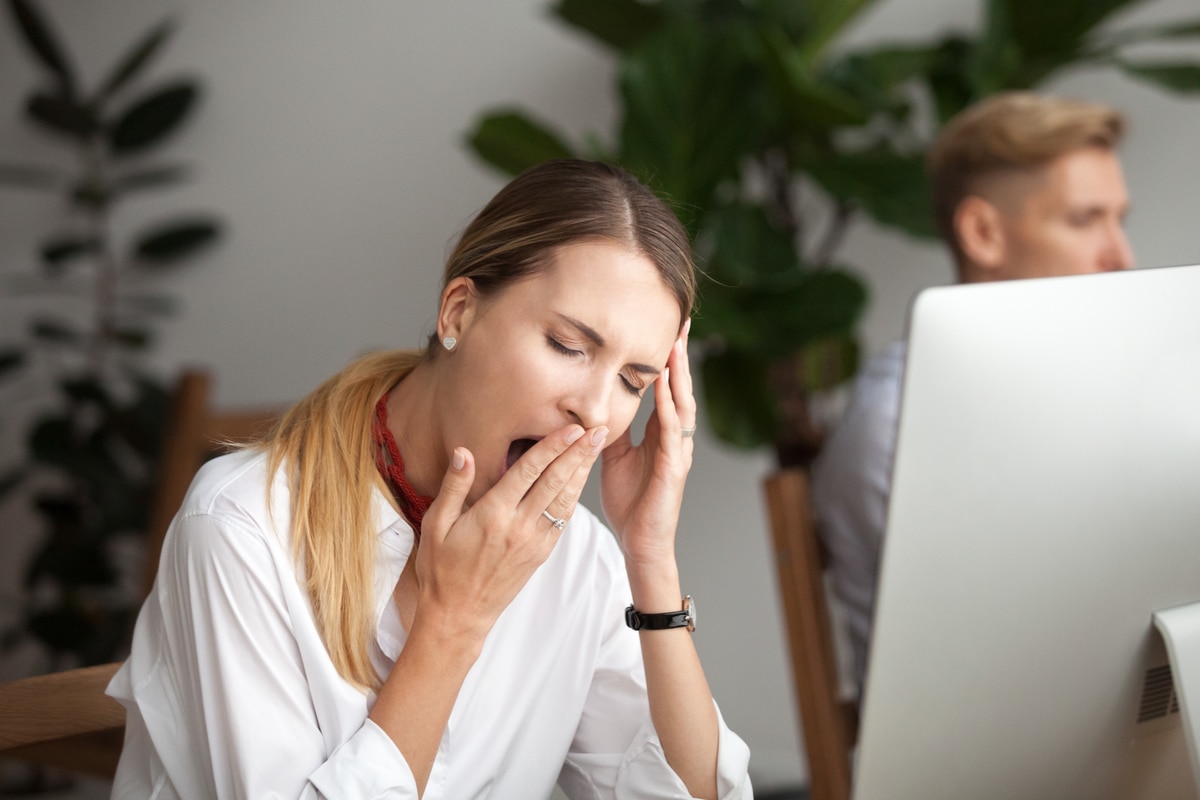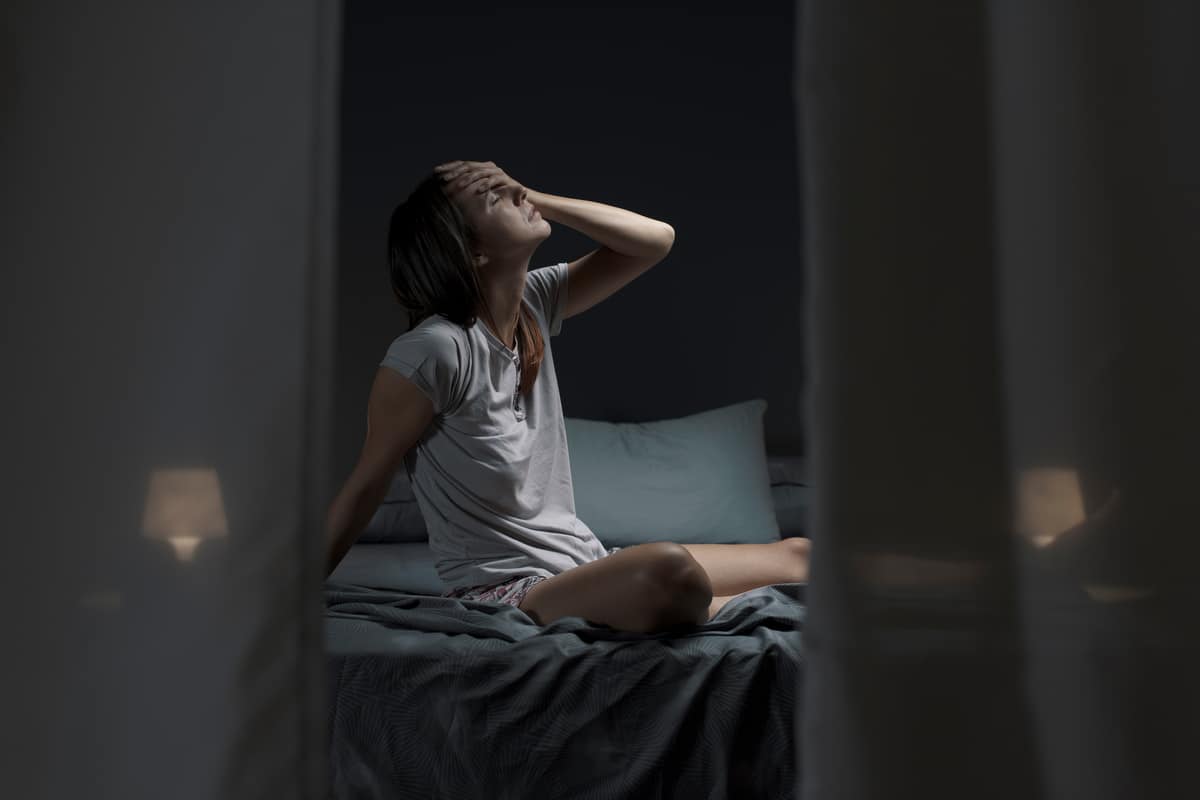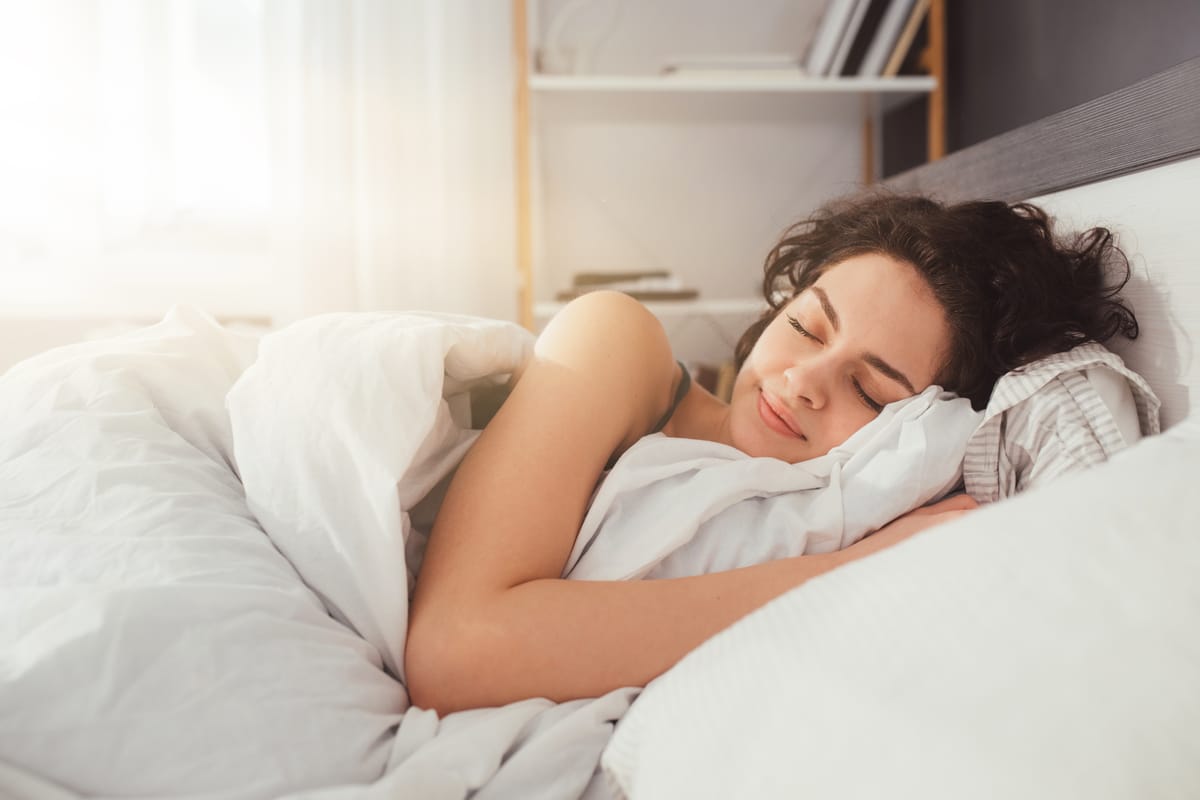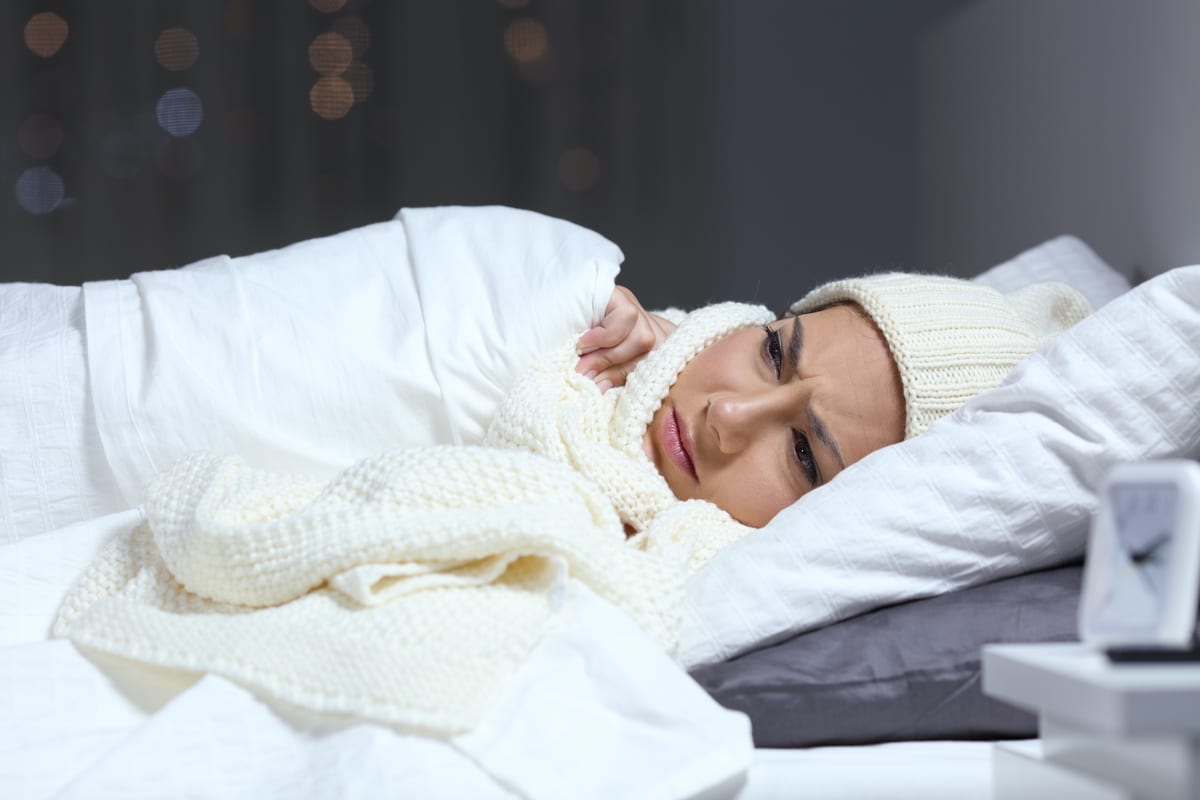
If you’re looking at purchasing a set of blackout curtains or linings then you’re probably aware that blackout products will block out sunlight and unwanted light from cars and street lights, and have thermal and noise reducing properties
But one thing you probably hadn’t considered was whether there would be any potential effects on your health.
Sadly, there are some blackout products on the market that are made using harmful chemicals.
So, are all blackout linings made the same way?
What Is Blackout Lining Made Of?
Despite all helping to keep your room dark, not all blackout linings are made the same way.
Two-pass blackout lining is made by spraying a base fabric with a black opaque membrane before spraying it with a white acrylic foam. It blocks 95-100% of light and is lightweight.
Three-pass blackout lining is made by first spraying the base fabric with a white acrylic foam, then spraying with a black opaque membrane, and finally spraying it with another layer of white acrylic foam on the outside. It also blocks 100% of light, and offers thermal and noise reduction properties, but is a thicker weight.
Triple Weave Blackout fabric is made up of three cleverly interwoven layers, one of these layers is a black thread woven into the centre which helps to keep out the light and insulate.
Triple Weave is the newest and most advanced technique of producing blackout fabrics and will not degrade like foam-backed alternatives, is environmentally friendly and is also splash-proof.
Here at Blackouts Direct, our products use this Triple Weave technology, which means our blackout products have no smell and do not look or feel plastic.
Our blackout lining is made from 100% Polyester and is Solar Reflective Coated, and is the only product of its kind that can completely block out light from a room while still maintaining a soft and silky drape that adds fullness to lightweight curtains.
How Does Blackout Lining Work?
Ready-made Blackout linings are a simple product, that can solve light problems to your existing curtains.
They are supplied ready to use with your tape and ring curtains. Simply attach the fabric as instructed and the linings will block out that unwanted light.
Alternatively, you can make your own lining using our 100% Blackout fabric.
Both products are made using the latest triple weave blackout technology, which will give you 100% blackout.

Is Blackout Fabric Toxic?
Because of the way it is manufactured, some blackout fabrics can be toxic.
Products in the market place that use different processes to ours use certain chemicals which contain Volatile Organic Compounds, or VOCs, which can be toxic when breathed in.
If you’ve ever had a set of blackout curtains in the past, when you opened up the packet and smell a waft of chemicals coming from inside, that’s usually an indicator that they have been manufactured with one of these processes.
This smell will usually subside over time, but it could linger in the fabric at long as the product is up.
A simple way of reducing the chemicals that might be harmful to your health is to wash your blackout products as soon as you get them as washing will remove any chemicals still lingering on the product from where they were manufactured.
Because our blackout fabric is only made using the most recent triple-weave technology, however, all of our products are non-toxic, odour free, and produced without the use of any harmful substances.
The Bottom Line
You will find online that there are many opinions on the subject of Blackout curtains, that are now outdated and have changed over time.
The curtain manufacturer industry has heavily invested in new technology and production equipment in order to reduce the number of chemicals used in their manufacturing processes.
Manufacturers using the latest technology can now produce odour and chemical free blackout curtains, linings and blinds; just like the ones you’ll find in our store.
If you’re not buying a product that uses a newer triple-weave fabric, you should check if the product description mentions Volatile Organic Compounds, or VOCs, and wash the products thoroughly before use to ensure any potential exposure to these chemicals is minimal.

